Norovirus, often referred to as the “stomach flu,” is a highly contagious virus that leads to acute gastroenteritis, causing inflammation of the stomach and intestines. It’s a leading cause of foodborne illness worldwide, responsible for nearly 58% of such infections annually.
Transmission and Symptoms
Norovirus spreads rapidly through direct contact with an infected person, consumption of contaminated food or water, or touching surfaces contaminated with the virus. Symptoms typically appear 12 to 48 hours after exposure and include:
- Nausea
- Vomiting
- Diarrhea
- Stomach cramps
- Fever
- Headache
- Body aches
These symptoms usually last between one to three days. However, in vulnerable populations such as young children, the elderly, and individuals with weakened immune systems, the illness can be more severe and may lead to dehydration.
Prevention and Treatment
Currently, there is no specific antiviral treatment for norovirus. Management focuses on relieving symptoms and preventing dehydration by:
- Drinking plenty of fluids, especially those containing electrolytes
- Getting adequate rest
- Eating soft, bland foods
Preventive measures are crucial to control the spread of norovirus:
- Wash hands thoroughly with soap and water, especially after using the restroom and before eating.
- Clean and disinfect surfaces with bleach-based cleaners.
- Wash fruits and vegetables before consumption and cook seafood thoroughly.
- Avoid preparing food for others when experiencing symptoms and for at least two days after recovery.
It’s important to note that alcohol-based hand sanitizers are less effective against norovirus; therefore, handwashing with soap and water is preferred.
Recent Developments
As of early 2025, norovirus cases have been surging in various parts of the United States, reaching levels not seen in over a decade. The Centers for Disease Control and Prevention (CDC) reported 91 outbreaks during the week of December 5, 2024, up from 69 outbreaks the previous week. apnews.com
A new strain of norovirus, identified as GII.17[P17], has become predominant, accounting for nearly 70% of recent outbreaks. This emergence may explain the unusual increase in cases, as lower population immunity to this strain could be contributing to its rapid spread. cbsnews.com
In response to the rising cases, health experts emphasize the importance of preventive measures, particularly thorough handwashing and proper food handling, to mitigate the spread of the virus.
Conclusion
Norovirus remains a significant public health concern due to its high transmissibility and the severity of symptoms it can cause. By understanding its transmission, recognizing symptoms promptly, and adhering to preventive practices, individuals can reduce the risk of infection and contribute to controlling outbreaks.


